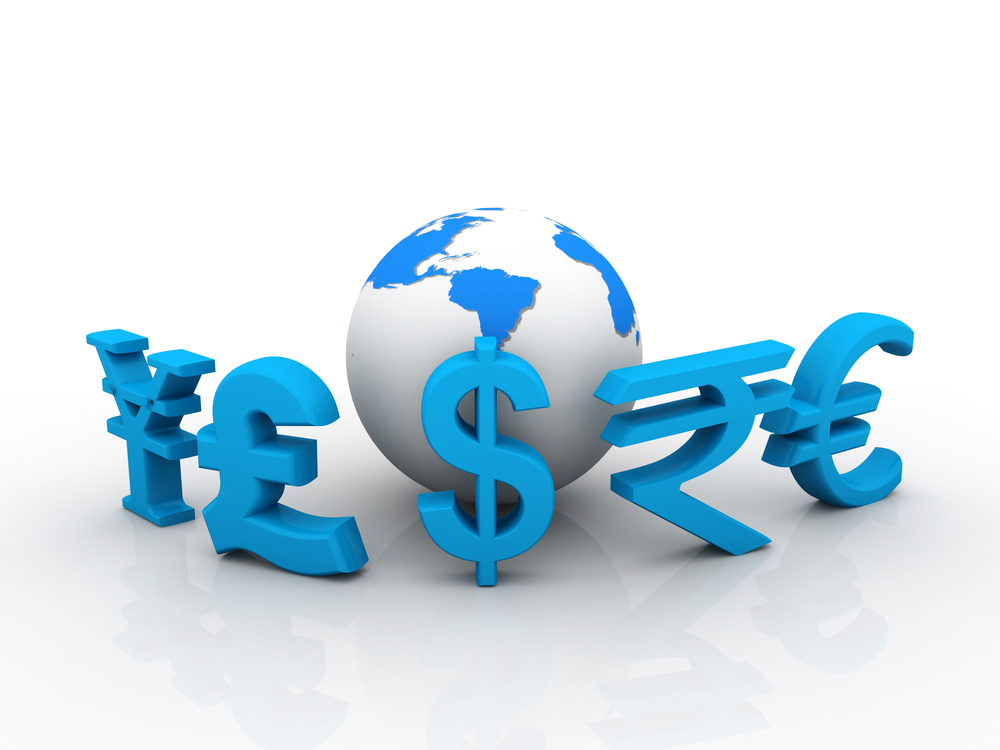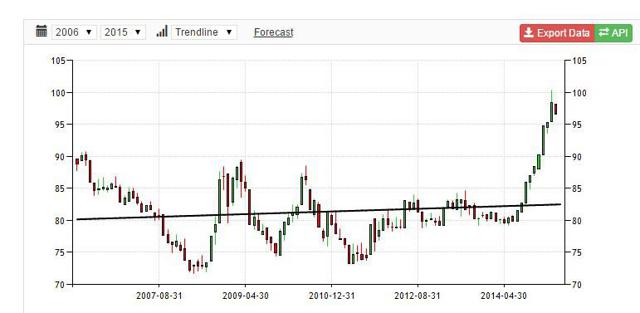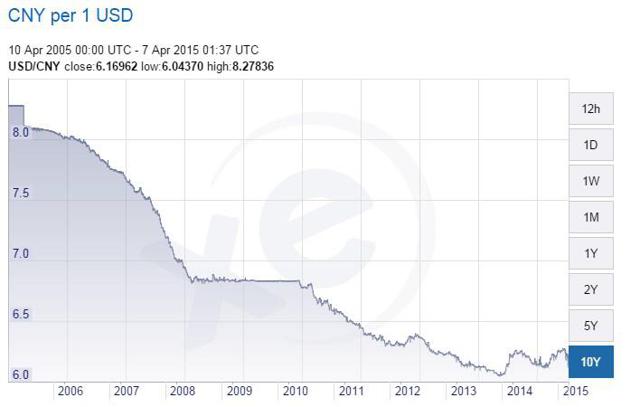Time to Review the Dollar Index

Please note that we are not authorised to provide any investment advice. The content on this page is for information purposes only.
The attention of financial markets often gets fixated on an index of measure and not on the effectiveness, purpose or the objective of the measure. The dollar index, in its current form, practically from 1973, is a classic case on it.
The attention of financial markets often gets fixated on an index of measure and not on the effectiveness, purpose or the objective of the measure. The dollar index, in its current form, practically from 1973, is a classic case on it.
In the background of the International Monetary Fund’s (IMF’s) periodic review of composition of reserve currencies in its basket of Special Drawing Right (SDR) starting in May, where China is expected to make a strong pitch for inclusion of its currency with support from key European nations like Germany, one needs to look at the dollar index – apparently the key index that influences foreign exchange markets.
The dollar index is an index that is more than forty years old now, with nearly same composition and weight. The index was created in 1973, for tracking value of dollar against a basket of ten currencies, as the gold window closed in 1971. With emergence of the euro in 1999, five of those ten currencies merged to the single euro; and cumulative weight of those five currencies were assigned to euro. Therefore, effectively, dollar index composition, and the weight of the currencies in it have remained the same since 1973.
Currently, the dollar index is pegged against six currencies, and China’s yuan is not yet a part of it. Unlike IMF’s SDR, China is unlikely to demand for yuan’s inclusion in the dollar index, as it is unilaterally done by the Federal Reserve; whereas IMF is a multilateral organization.
Lately, a lot of market actions and expectations, including Federal Reserve’s much-anticipated rate hike decision are hinged with this dollar index. The index, over the last five years, is up by nearly 19%. It is also up by a similar percent from its July 2014 levels, when the Fed started hinting about a rate hike. When seen over the last ten years, dollar index is up by nearly 15%.
Is the dollar index indeed as strong as it is interpreted to be in the market? An informal review of the measure from its 1973 days, and what it ends up measuring indicates the present dollar index is surely not as relevant as the noise around it indicates, more so going by real economic trade figures, and not merely by figures of currency trade and trade-pairs as routinely released by the BIS. The later is more of speculative in nature, compared to the former.
Source: Trading Economics.
Currently, the basket of currencies in the dollar index includes six, namely the euro (57.6% weight), yen (13.6%), pound sterling (11.9%), Canadian dollar (9.1%), Swedish krona (4.2%) and the Swiss franc (3.6%). Unlike a regular systematic provision that is in-built once in every five years with Special Drawing Rights (SDR) of the IMF, there is no systematic periodic revision with the dollar index.
A look at the U.S. trade data with Eurozone vis-a-vis China explains one of these long-standing imbalances. In 2014 calendar year, U.S. exported nearly $277 billion to the European Union. Imports from the EU to the U.S. were at $418 billion. U.S. exports to China in 2014 were at $124 billion, whereas imports were at $467 billion. U.K. and Sweden are also part of the EU, and currencies collectively from the EU, including euro, pound sterling and krona, have a cumulative weight of 73.7% in the dollar index.
A fallacy of the above argument, one may argue, is the trade between the U.S. & Canada (or with Mexico). U.S. exports to Canada in 2014 were at $312 billion, and imports at $346 billion; next to trade with the EU, but higher than that with China. The reasons are obvious, due to the geographical proximity, complementary-trade and the socio-economic and political closeness between these two key North American nations.
The real or nominal size of China’s economy, along with its global trade being more than that of the U.S. since 2013, and the enormous size of its foreign exchange holding provide more legitimacy to yuan’s inclusion in the dollar index. The yuan has also consolidated its position as the 2nd biggest trade finance currency since 2013.
Source: XE.com
The yuan appreciated by nearly 10% against the dollar over the last five years, although there is a minor depreciation since January 2014. If one looks over the last ten years, the yuan appreciated by more than 25% against the dollar.
Rough estimates, with two hypothetical experiments with 30% weight for yuan in a dollar index over the last ten years, and over the last five years, show this hypothetical dollar index being up by a marginal 2.8% over the last ten years, and by 10% over the last five years. The current value of the dollar index, as per these crude experiments, with 30% weight of yuan turns out to be 86.81 & 93.13 respectively (against 99.532, as of 03:45:35 ET on 04/13/2015).
The strongest argument against a rate hike in the U.S. still remains a relatively strong dollar. On March 27, Janet Yellen, Chairperson of the Board of the Federal Reserve, hinted Fed’s openness to raise rate with significantly lower than 2% core inflation rate. Inclusion of yuan in the basket is likely to help in Fed deciding for a rate hike as it is likely to counter the otherwise perceived upward pressure in the dollar index, in the near future, due to the ongoing ultra-loose monetary policies in the EU, Japan and the other four nations.
Referring to the diplomatic coup of China on the Asian Infrastructure Investment Bank (AIIB), Larry Summers suggested that the U.S. might be losing its role as the underwriter of the global economic system. The loss, real or potential, is due to the steadfast refusal of the U.S. in not addressing the real economic and financial imbalances, since the emergence of the Bretton Woods days. A dollar index of 1973 is not exactly and directly an offshoot of the Bretton Woods system, but it retains ingrained in the same ideology. A revised dollar index, with yuan in the basket, is a step in correcting some of these major existing economic imbalances.
The U.S. may or may not facilitate the inclusion of the yuan in the SDR basket of the IMF in the upcoming negotiations. The often repeated argument for exclusion of yuan from its legitimate global role has been its not being as freely traded as the other four currencies in the SDR, or in the six currencies in the dollar index. China has been consistently working on it, and China has made its intentions on it clear as well. The Federal Reserve should proactively include yuan in its dollar index by creating an earliest opportunity, for the long-term stability of global financial markets, because dollar still overwhelmingly dominates and underwrites the global financial system.






